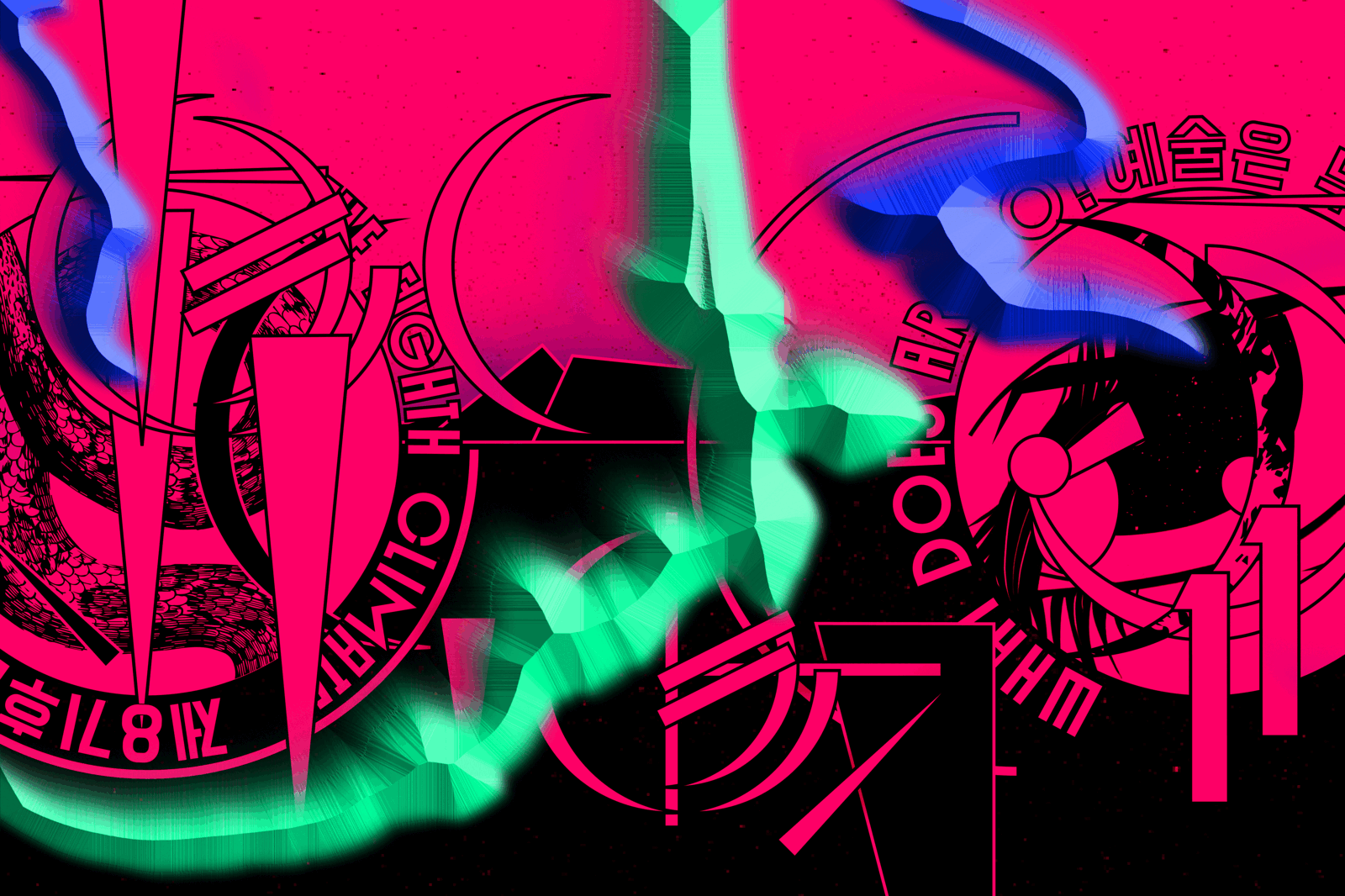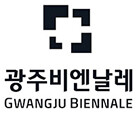The Eighth Climate (What Does Art Do?)
September 2–November 6, 2016
Invited artists: Ade Darmawan, Adelita Husni-Bey, Agnieszka Polska, Ahmet Ogut, Aimée Zito Lema, Alma Heikkilä, Amalia Pica, Andrew Norman Wilson, Ane Graff, Ane Hjort Guttu with Daisuke Kosugi, Anicka Yi, Ann Lislegaard, Annie Wan, Anton Vidokle, Apolonija Sustersic with Dari Bae, Arseny Zhilyaev, Ayesha Sultana, Azar Alsharif, Babi Badalov, Barbora Kleinhamplová and Tereza Stejskalová, Bernd Krauss, Bik van der Pol, Bona Park, Celine Condorelli, Christian Nyampeta, Christopher Thomas Kulendran, Claire Barclay, Cooperativa Cráter Invertido, Dale Harding, David Maljkovic, Diogo Evangelista, Dora Garcia, Doug Ashford, Elena Damiani, Emily Roysdon, Eyal Weizman, Fahd Burki, Fernando Garcia-Dory, Flo Kasearu, Goldin+Senneby, Guillermo Faivovic & Nicholas Goldberg, Gunilla Klingberg, Hajra Waheed, Hito Steyerl, Ingela Ihrman, Insun Park, Iza Taraszewicz, Jeamin Cha, Jasmina Metwaly & Philip Rizk, Jewyo Rhii with Jihyun Jung, Jinghu Li, José Léon Cerrillo, Joungmin Yi, Julia Sarisetiati, Katie Paterson, Lawrence Abu Hamdan, Lili Reynaud Dewar, Mariana Silva, Marie Kölbaek Iversen, Matias Faldbakken, Metahaven, Michael Beutler, Mika Tajima, Mohammad Salemmy, Mounir Farmanfarmaian, Nabuqi, Nadia Belerique, Natascha Sadr Haghighian, Nazgol Ansarinia, Nicholas Mangan, Oasias Yanov, Otobong Nkanga, Pauline Boudry & Renate Lorenz, Philippe Parreno, Prajakta Potnis, Pratchaya Phinthong, Rana Begum, Raqs Media Collective, Ruth Buchanan, Sachiko Kazama, Saskia Noor Van Imhoff, Seola Kim, siren eun young jung, Sojung Jun, Sören Andreasen, Suki Seokyeing Kang, Tania Perez Cordova, The Otolith Group, Tommy Stockel, Trevor Paglen, Tromarama, Tyler Coburn, Walid Raad, Wasif Munem, Yu Ji, Yun Hu, Zhou Tao
The curatorial team: Maria Lind, artistic director; Binna Choi, curator; Azar Mahmoudian, Margarida Mendes and Michelle Wong, assistant curators
Local curatorial associate: Mite-Ugro
Location: Gwangju Biennale Exhibition Hall, Asia Culture Center, May18 Archives, Mudeung Museum of Contemporary Art, Uijae Art Museum, Woo Jaeghil Art Museum, Mite-Ugro etc.
In light of the art sphere’s focus on infrastructure in many parts of the world, in the treacherous terrains of existing public and private systems, art itself seems to be partly forgotten. At GB11, attention is directed to artworks and projects addressing the agency of art in terms of the question, “what does art do?” A central part of this interest in the performative aspect of art is its projective and imaginative qualities—art’s active relationship to the future. Other concerns of GB11 include the mediation of art: art’s embeddedness in various contexts and the potential of connecting dots between already existing activities and people near and far.
The “eighth climate” of the exhibition’s title refers to a state one might reach using imaginative capacities. The notion of the eighth climate dates back to 12th century Persian mystic and philosopher Sohravardi, and was elaborated by 20th century French philosopher Henri Corbin. It is an addition to the seven physical climates of the earth identified by ancient Greek geographers. Unlike the seven earthly climates, the eighth climate is not based on a separation of matter and spirit, history and myth; rather, it is ontologically real and has concrete effects.
The eighth climate might well resonate with global warming. However, in the context of GB11, the eighth climate helps us explore art’s capacity to say and do something about the future, without either being paralyzed by its prospects or defaulting to established technologies of prediction. The eighth climate evokes art as a seismograph, detecting change before other means of observation, whether the artists are conscious of it or not, allowing for slightly different—and perhaps ambiguous and conflictual perspectives on how art engages with what lies ahead of us. This neither implies art for art’s sake nor a utilitarian approach.
While placing art center stage, GB11 is a constellation of various parts taking place throughout 2016. GB11 comprises Monthly Gatherings, the ongoing Infra-School, a group of national and international Biennale Fellows, the Forum, two publications and an exhibition which stretches from the Gwangju Biennale building to other venues and places in the city.
Monthly Gatherings is a series of informal gatherings in Gwangju, focusing on art and this city. A collaboration with art collective Mite-Ugro, and with participants such as local artists, students and other Gwangju residents as well as GB11 artists, the gatherings consist of The Mite-Ugro Art Book Collection, group readings, artists screenings, The Art Work in Focus and curated walks.
With Infra-School, GB11 connects its curatorial and artistic knowledge to the existing formal and informal educational institutions in Gwangju and beyond. Infra-School consists of lectures, presentations, group discussions and seminars by GB11 artists and curators as well as jointly organized conferences, colloquia and fora. Among the Infra-School associates are Chosun University, Hongik University, RAT School of ART, The New Centre, Seoul National University – Asia Centre, and the Inter-Asia Biennale Forum.
The GB11 Biennale Fellows consist of roughly 100 small- and medium-scale art organizations across the world, whose work makes important contributions to the art of today, yet remains under the radar. Biennale Fellows will continue doing the important work they normally do, without GB11 being involved in their activities. In a two-day forum, Biennale Fellows, as well as their peers and colleagues, are invited to come together, share experiences and discuss the future of this kind of work, especially with regards to questions of value, continuity and scale.
For press enquiries, pleae contact:
Esther Kang
PR & Marketing Department
Gwangju Biennale Foundation
T +82 (0) 62 608 4223 / kieun.kang [at] gwangjubiennale.org



